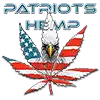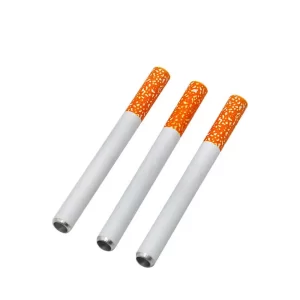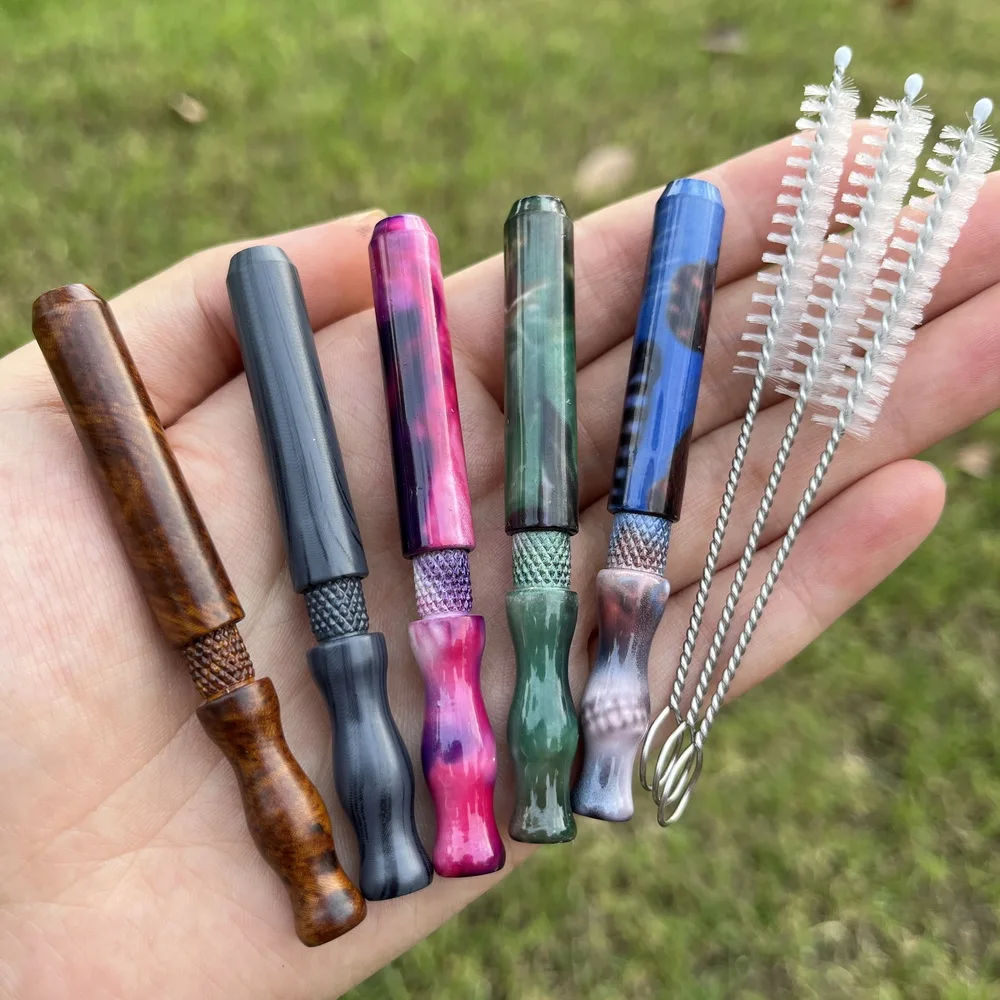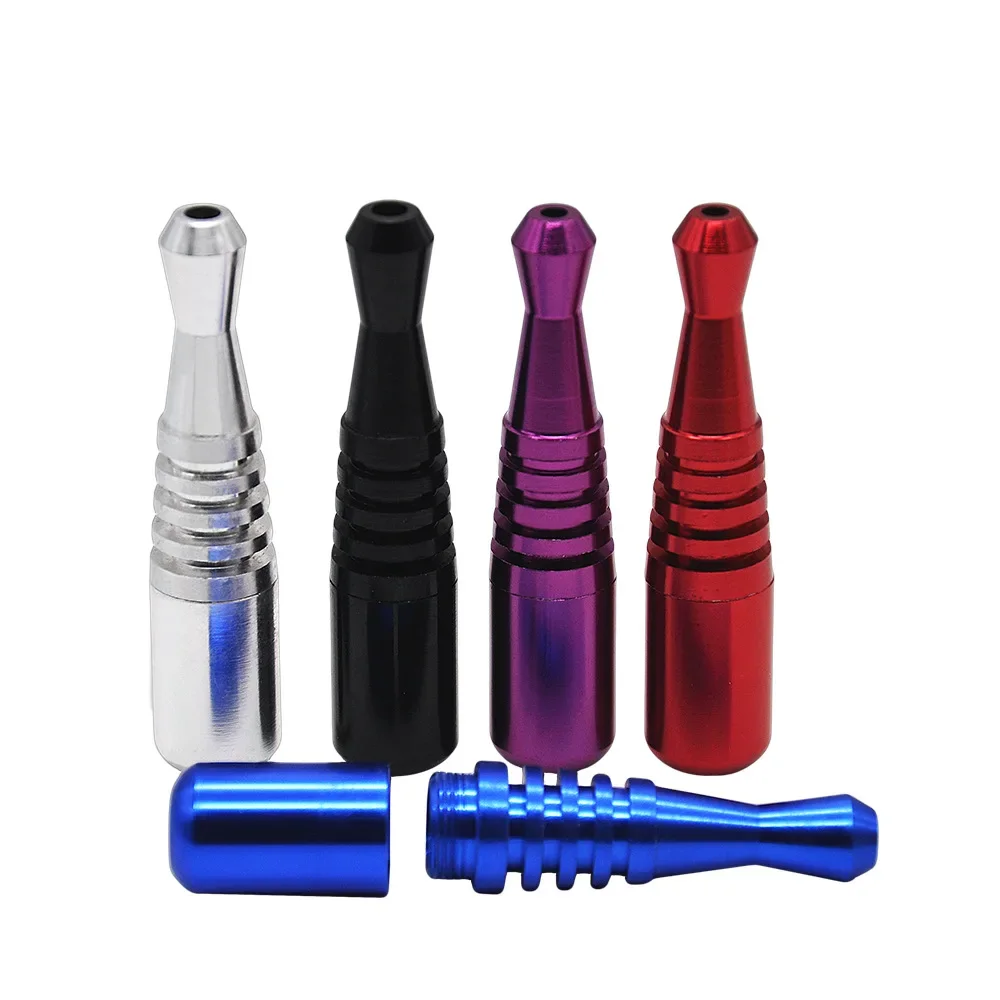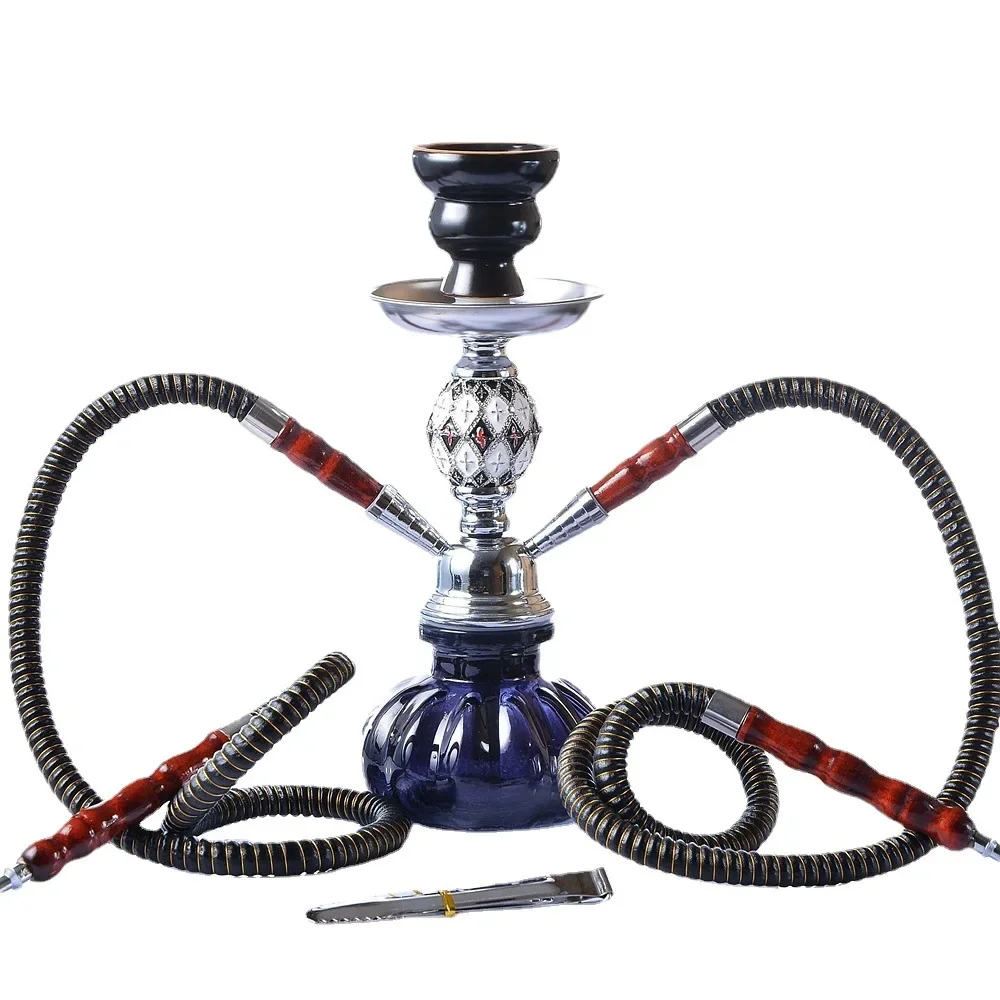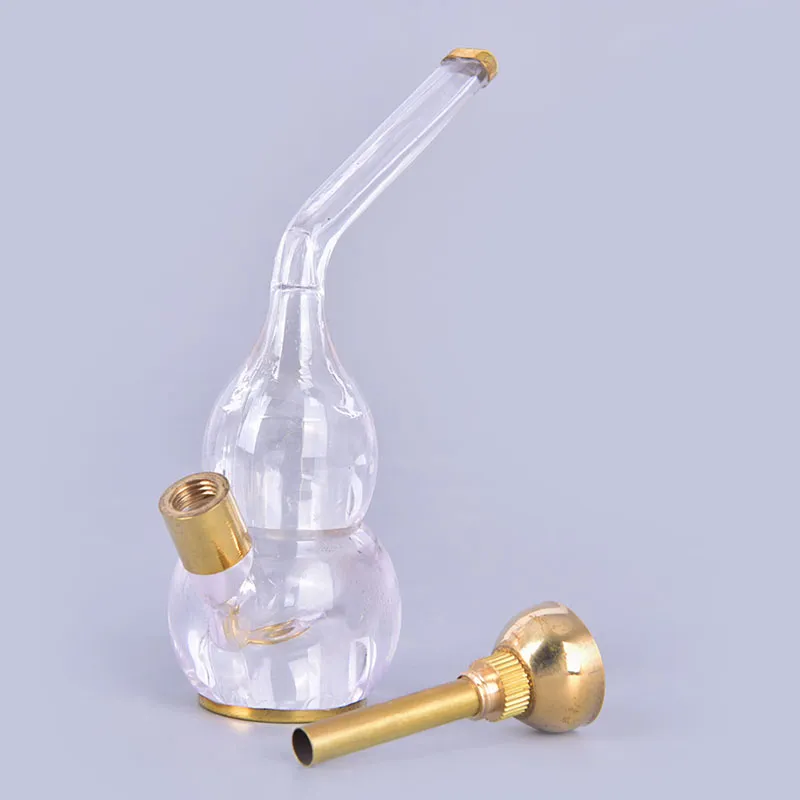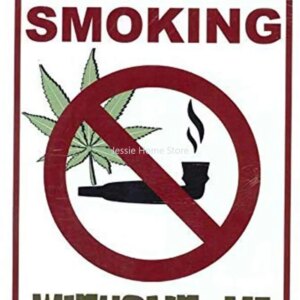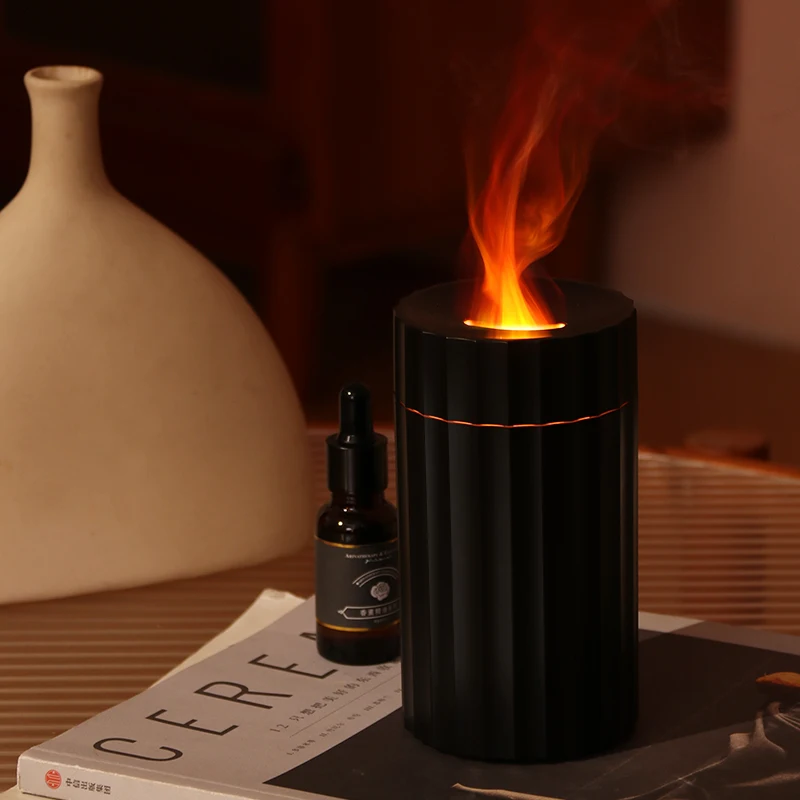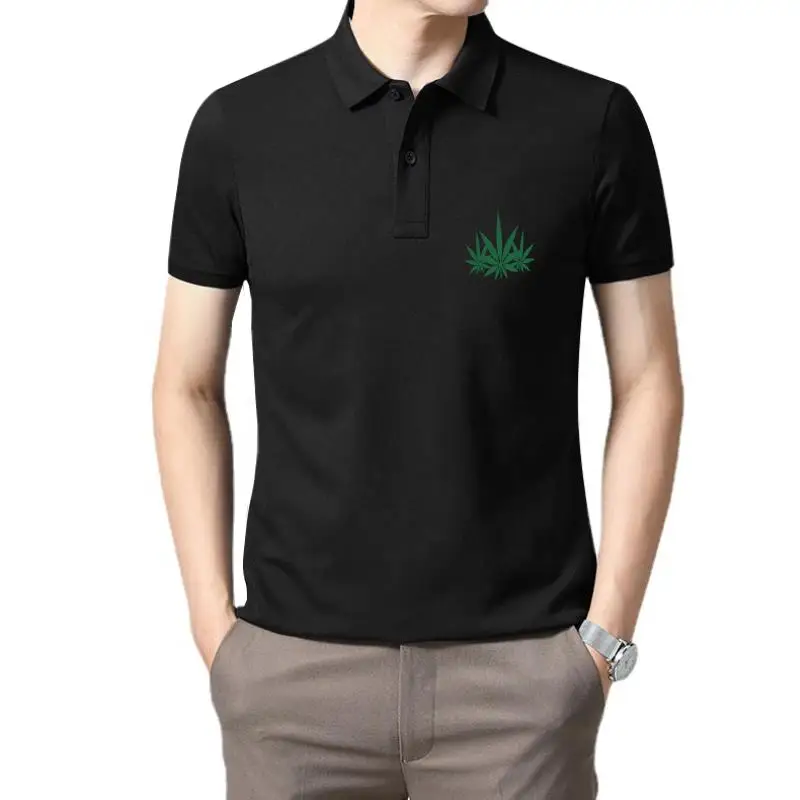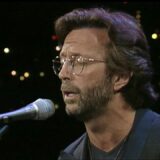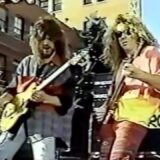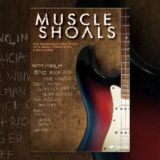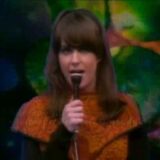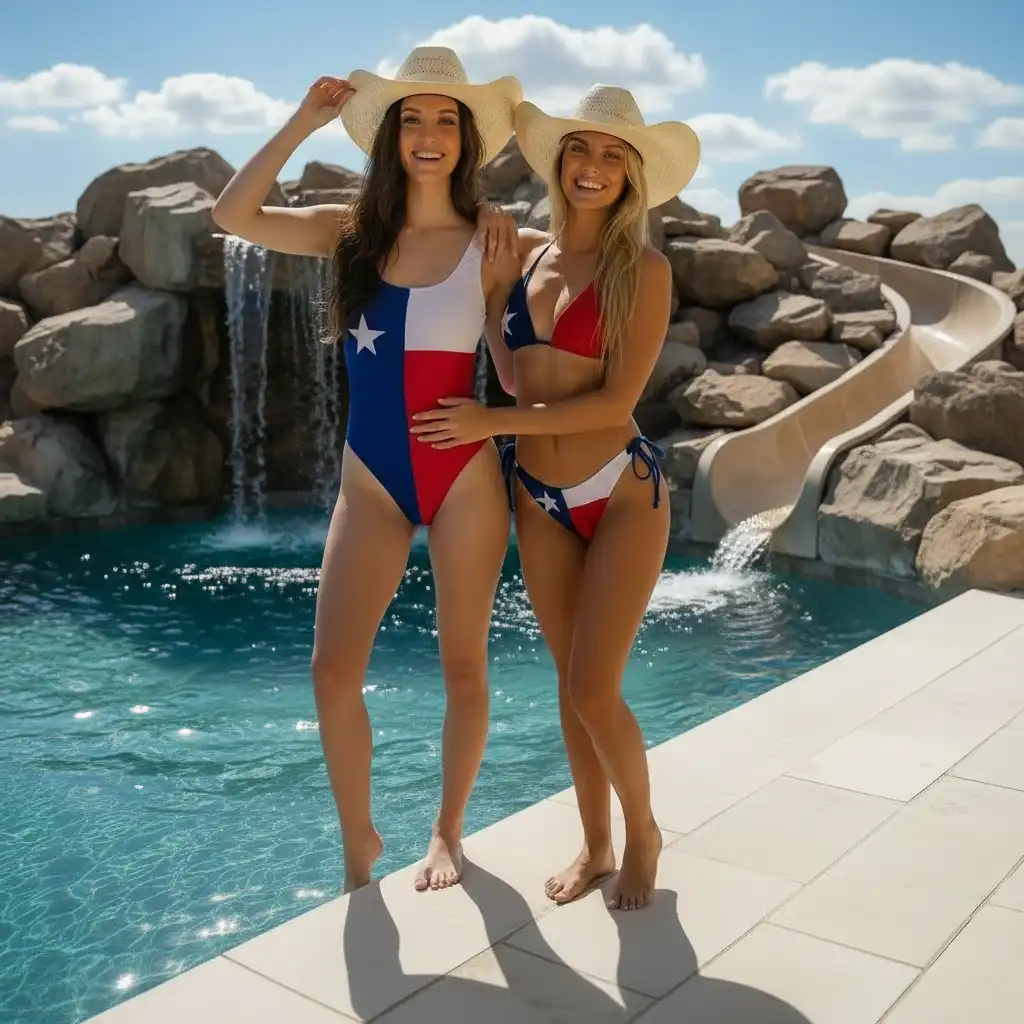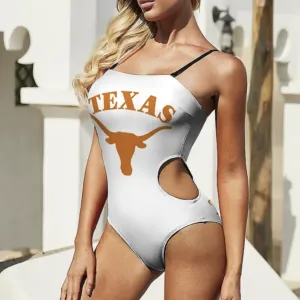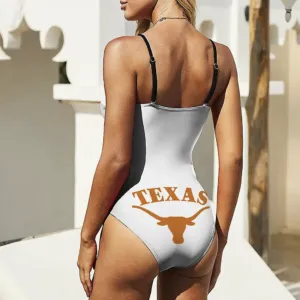The most challenging aspect of being a 12-year-old cannabis aficionado in the 1978 Midwest was finding someone to buy you weed.
Luckily—or so I thought in the autumn of 1978–I had a guy, a friend of my delinquent blonde buddy from first grade. The two had been part of the circle at my inaugural smokeout. Seventh grade, in front of the downtown library.
All autumn, after Adams Jr High let out the three of us got high.
Tim delivered the Sandusky Register newspaper to subscribers in his working-class Eastside neighborhood, not so far from the ferry to the amusement park Cedar Point. In windbreakers, Tim and my delinquent blonde buddy from first grade and I would walk with Tim while he did his route.
Against a backdrop with buckeyes and falling brown leaves, I began to learn the shady craft that is being cool so people don’t know you’re high.
In addition to delivery, Tim would collect subscription payments. Random subscribers would hand Tim a little more cash than seemed right for a tip. He was slipping them a baggie full of dry greenery—Ohio weed, undoubtedly mid-af. It took a while to notice.
Ingenious gig from an analog era.
For a small window of prepubescence, I had all of the pot that a boy could want. My math training never fully recovered, but my consciousness was otherwise changed for the better: Music skyrocketed in importance. My sense of humor changed.
All but instantaneously, I kicked religion.
A little while into the paper-route shenanigans, my family moved to the other side of our Lake Erie town, away from Tim’s brilliant operation. And cannabis became a lot harder to obtain because I was, ya know, 12.
And I didn’t have the Register connection anymore.
By the time Mary Jane came back into my life, Ronald Reagan was running the nation and the White House’s “Just Say No” anti-drug campaign was only getting underway.
A few years would pass until I’d graduate from Sandusky High and catch a flight to California, in no small part to discover what actual good weed was all about.
While I was a Central Valley college student, “Just Say No” built up enough steam that a second-term Reagan White House could throw the First Lady out in front of pre-cable TV audiences with Mr. T—of all people—and act like it was engaging in meaningful interdiction.
America had an actual raging coke problem that was changing its personality and fueling street crime.
Countless times, I have wondered what life would be like had marijuana not been my drug of choice. In ‘86, I tried smoking rocks, quickly understood its shitty cost-to-benefit ratio, and leaned back into bud.
Classmates, family members, and neighbors got torn out of my life’s frame by crack cocaine. I saw my community college dean go down behind his coke addiction. And where the present-day government is wreaking international havoc as vengeance on behalf of fentanyl addiction victims, for crack, Reagan incarcerated the whole scene.
In part, this was due to crack’s attendant violence, which was so intense it birthed a billion-dollar musical genre.
While kids like my delinquent blonde buddy from elementary school failed to make it through the Reagan Era without a prison record, or worse, the biggest challenges to a weed head like me were intermittent ag town scarcity and the menace that is unexpected sativa.
Don’t get it twisted; that all sucked, too.
It’s the agricultural town whose top law enforcement official vowed cannabis would never be legal in his jurisdiction. Pot can get legalized all over America, he insisted, but it would never be legal there. That was the local vibe in the Reagan Era’s wake.
Imagine the Fresno weed hostility during the window between “Just Say No” and its inevitable sequel, D.A.R.E.
There would be weed droughts. Never mind objectively good marijuana—“the kind” it was, before “the chronic”— occasionally finding anything containing THC capable of getting you high without giving you a headache became mission impossible.
Sometimes you would have to travel out of town to cop.
The Great Central Valley Weed Drought of 1988 had two of my fellow weedheads on Highway 99, in one of the worst cases of Tule fog you were ever going to see. I can say this with certainty because Tule fog is no longer a thing, on account of climate change.
But when that shit was really poppin’? This fog was like a cotton ball. Plopped down onto that skinny highway as it was, the Tule fog made that drought trip even more unsettling than the usual trip to Bakersfield.
A bit over 90 minutes of one-way driving on a good day, it took three hours for our car to feel its way down 99. On the ride back of our already-harrowing journey, we smoked, and fully understood that we had copped sativa.
In a Reagan-era drought, one never knew. We were just happy to get our THC. Terpene talk and such was for growers, and if the dope wasn’t your type, you simply rode things out.
Ride it out, we did, though my nonstop chatter about our impending doom made the ride home through that cotton ball all the more scarring.
I’m one of those flagrant cannabis users who made it through the full era unscathed. The cop who collared me for underage drinking just before I bounced from small-town Ohio missed that joint in my pocket during his pat-down. My life went on. The lace of opium that a family “friend” hoped to hook me with didn’t take. No junkie status for me.
Almost never am I frightened that I’m about to be torn from my life’s frame. The legalization freedoms we take for granted in 2025 would have made Reagan shit.
Disclaimer: This essay is a personal memoir. It does not endorse or encourage underage cannabis use, illegal activity, or the misuse of controlled substances. Cannabis is illegal for anyone under 21 in many jurisdictions, and research shows that using cannabis at a young age can impact brain development. Please follow your local laws and make informed decisions.
Donnell Alexander runs the West Coast Sojourn Substack. The name of his 2003 stoner memoir is Ghetto Celebrity.
Photo by katsuma tanaka on Unsplash

